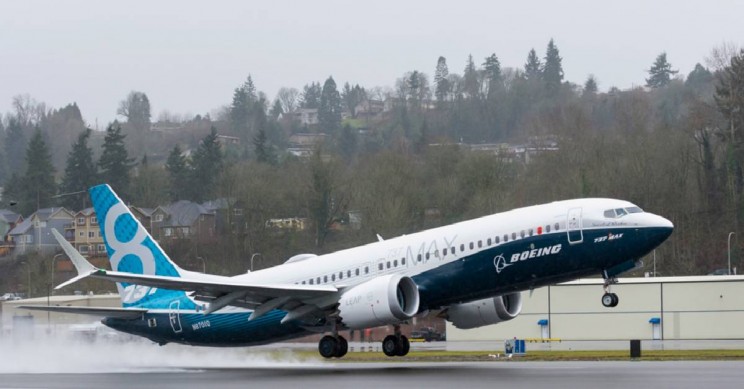Washington: Boeing’s troubled 737 MAX fleet is expected to stay grounded until late this year as a result of the latest flight-control problem flagged by US air-safety regulators.
The setback, at the very least, is expected to prompt additional disruptions to airline schedules across the US and overseas as some 500 of the planes remain idle for months longer than previously projected according to media reports here.
But the fallout, according to industry and government officials tracking the issue, also likely will raise the ultimate financial costs for the Chicago plane maker and may cloud public confidence in the work by Boeing and the Federal Aviation Administration (FAA) to vouch for the MAX’s safety.
Outlines of the latest timetable, which replaces earlier ones that anticipated MAX models would resume flying in the US and many foreign countries by fall, emerged Thursday.
It came a day after the latest flight-control issue became public. However, unlike faulty software previously linked to an automated flight-control feature called MCAS, the latest hazard involves potential problems stemming from electronic hardware, according to a Boeing official.
During simulator tests of certain emergency procedures, FAA pilots uncovered a potentially dangerous situation they hadn’t encountered before, according to people briefed on the issue.
The crux of the problem, according to the Boeing official and company messages to airlines, is that if a chip inside the plane’s flight-control computer fails, it can cause ‘uncommanded’ movement of a panel on the aircraft’s tail, pointing the nose downward.
Tests of the emergency procedures to cope with this so-called runaway stabilizer condition, the official said, revealed that it would take average pilots longer than expected to recognise and counteract the problem.
A Boeing official said the Chicago plane maker expects to submit revised software for MCAS and the new, separate problem in September. “We believe this can be updated through a software fix,” the official stated.
But at this point, according to some of the people briefed on the issue, FAA experts remain unconvinced that a software-only fix is feasible. If electronic components have to be replaced, some industry and government officials said it could amount to a delay of roughly four months.
The issue now in the spotlight was part of a scenario that is considered so remote it may only be possible to test in a simulator, rather than in an actual plane flown by test pilots, these people said.
Boeing’s current timeline includes the company submitting a final version of all required software fixes to the FAA by September or October at the earliest, they also said. After that, industry and government officials envision it probably would take a minimum of two more months to win official FAA approval, reach consensus on the extent of extra pilot training and have airlines perform the necessary maintenance checks and procedures.
IANS
